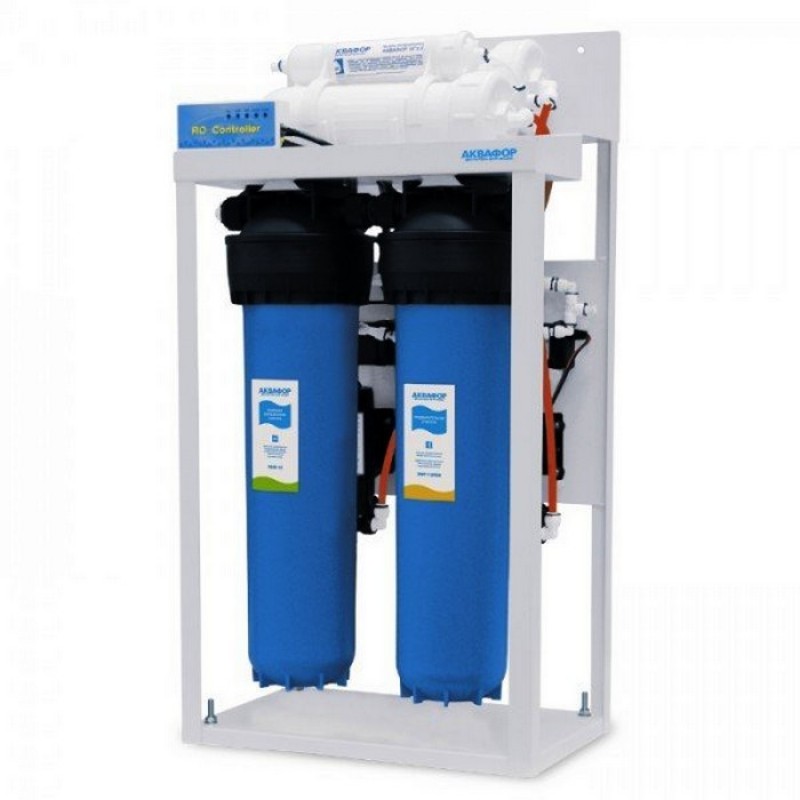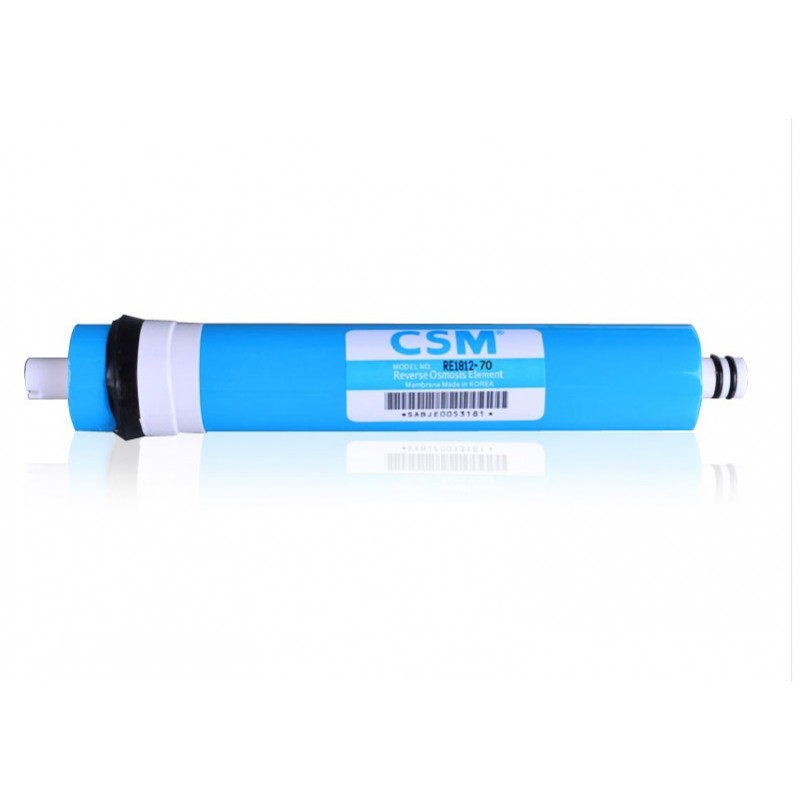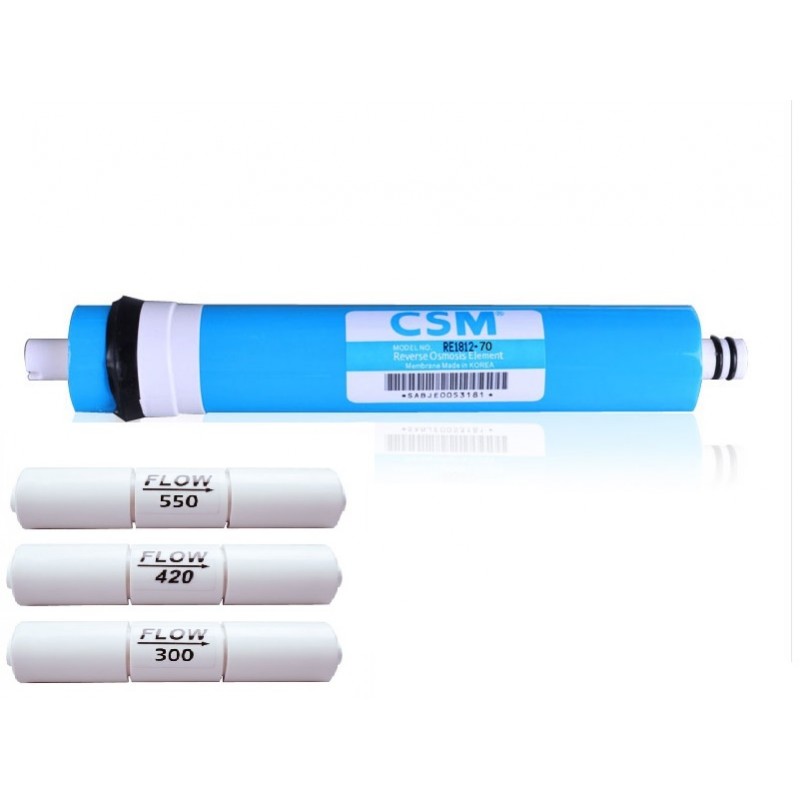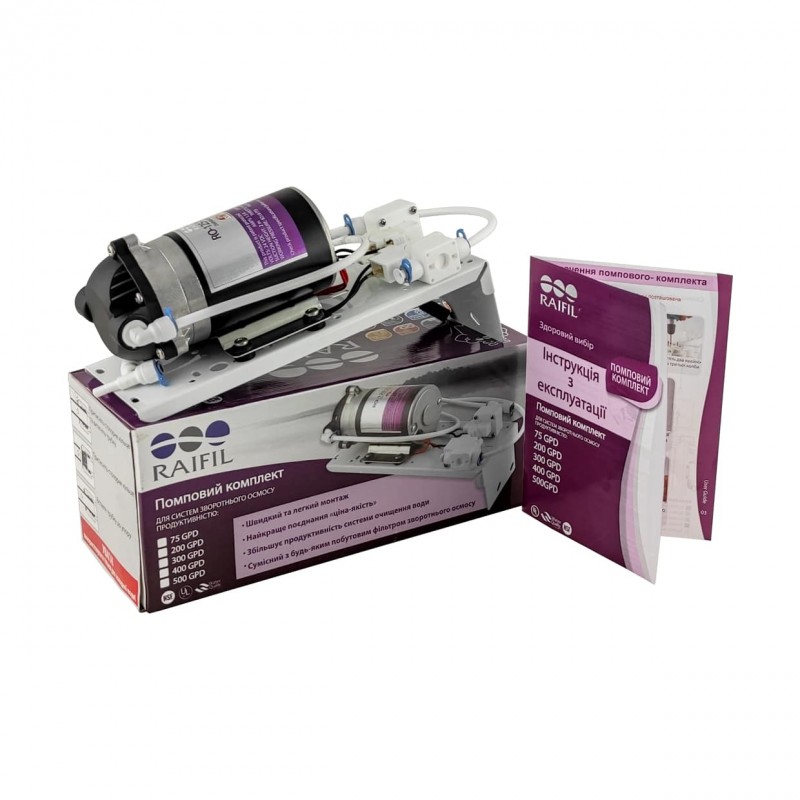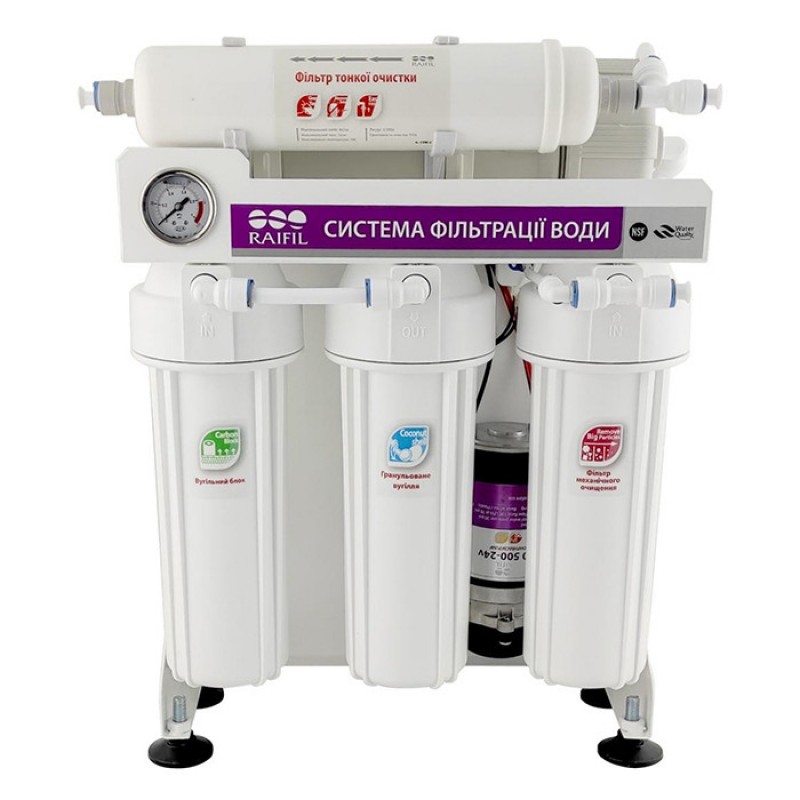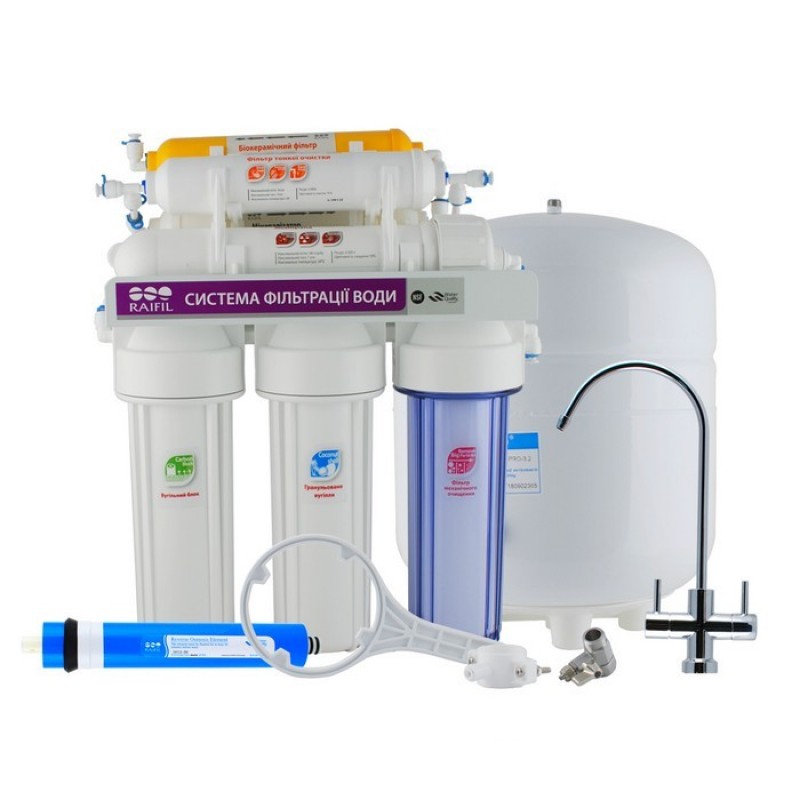
I am a returning customer
If you already have an account with us, please login at the login form.
Thank you for registering with Waterboss Киев Украина!
You will be notified by e-mail once your account has been activated by the store owner.
If you have ANY questions about the operation of this online shop, please contact the store owner.
You have been logged off your account. It is now safe to leave the computer.
Your shopping cart has been saved, the items inside it will be restored whenever you log back into your account.

Reverse osmosis for the tea house
Reverse osmosis for a tea house is quite a technical challenge.

Caption
There are no ready-made solutions, because the ideal water for brewing tea is considered to be water with an electrical conductivity of 50 to 80 ppm. Often, an admixture is used to upgrade the filter to reverse osmosis for a tea house, but this technology is complex and extremely unstable. You will need check valves, tees, drain stops and tubing. We assume that the minimum drain limiter is designed for 300 gal / day, the amount of minerals in the source water is 250 ppm, using the equation, we calculate how much capacity we need the system. We do not consider reverse osmosis systems with an expansion tank at all, because depending on the fullness of the tank, the pressure changes and it is generally impossible to calculate the admixture.
250 ppm x 300 gal + Z x 20 ppm = (Z + 300 gal) x 60 ppm
250 ppm x 5 gal + Z x 1/3 ppm = Z + 300 gal
250rpm x 5 gal = 2/3 Z + 300 gal
250rpm x 5 gal -300 gal = 2/3 Z
1425 = Z
According to calculations, reverse osmosis should produce 5,000 - 6,000 liters per day, and this is already industrial reverse osmosis. And its cost for an ordinary tea house is unaffordable.
The only option is not to use reverse osmosis membranes, but nanofiltration membranes. They have a larger cell diameter, so they let more minerals pass through, but they also leave more pollution, therefore, the use of high-quality pre-cleaning filters is simply necessary, the electrical conductivity of such water after cleaning is 50-100 ppm, taking into account the electrical conductivity of the source water no more than 300 ppm and the pressure in water supply system in the range from 4 to 6 atmospheres. With lower or unstable pressure, it is necessary to use a reverse osmosis system with a pump. So, a standard reverse osmosis with a pump and a nanofiltration membrane is becoming the ideal budget solution for reverse osmosis for a tea room. But there are also disadvantages, expensive maintenance associated with the short service life of nanofiltration membranes, approximately 6 months, the need for high-quality pre-filters, and two of them are necessarily carbon filters.
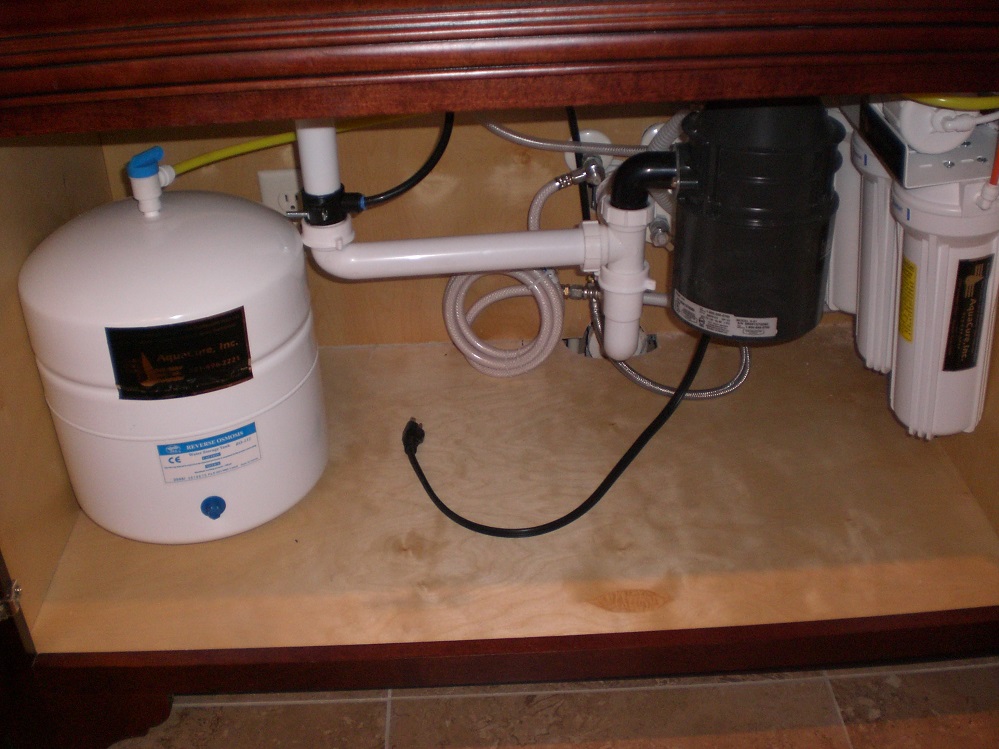
Caption
Reverse osmosis Aquaphor OSMO-400-4-PN
28,889.00 грн.
Reverse osmosis Aquafor ОСМО-400-4-PN is intended for obtaining high-quality drinking water fro..
Reverse osmosis Aquaphor OSMO-800-5-PN
45,185.00 грн.
Reverse osmosis Aquafor ОСМО-800-5-PN is designed to obtain high-quality drinking water from waters ..
Обратный осмос для кофеен и...
2,000.00 грн.
Reverse osmosis for coffee and tea plants implies an excellent quality of cleaning, but it requires ..
Обратный осмос для кофеен м...
2,500.00 грн.
Reverse osmosis for coffee houses must have unique characteristics. The cleaning quality is the same..
Насос для осмоса Комплект RO...
0.00 грн.
Specifications Osmosis Pump Kit RO-500-220 Raifil: Working temperature: 5-40°C Inlet working p..
Обратный осмос Raifil GRANDO 5 с н�...
0.00 грн.
Specifications Reverse osmosis Raifil GRANDO 5 with pump on the bed: Cleaning steps: 5 Capacity: 7..
Обратный осмос Raifil GRANDO 6 с н�...
0.00 грн.
Reverse osmosis Raifil GRANDO 6 with a pump on the bed - a system for purifying drinking water. T..
Обратный осмос Raifil GRANDO 7 с н�...
0.00 грн.
Reverse osmosis Raifil GRANDO 7 with a pump - a system for purifying drinking water. The Raifil G..
Обратный осмос Raifil GRANDO 7 с н�...
0.00 грн.
Reverse osmosis Raifil GRANDO 7 with a pump on the bed - a system for purifying drinking water. T..

